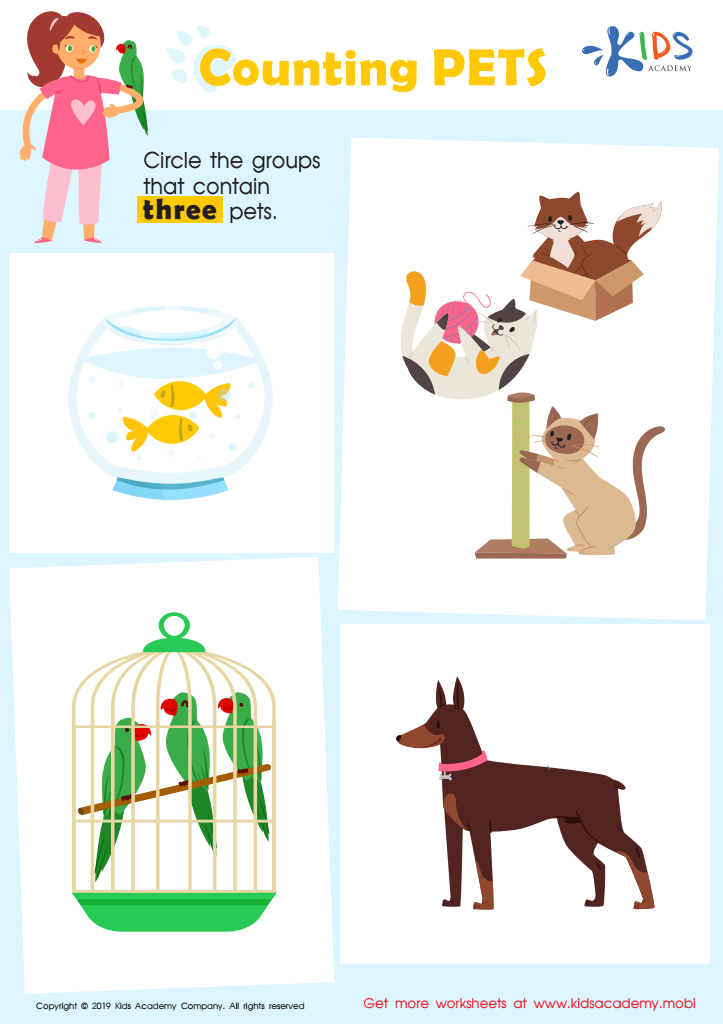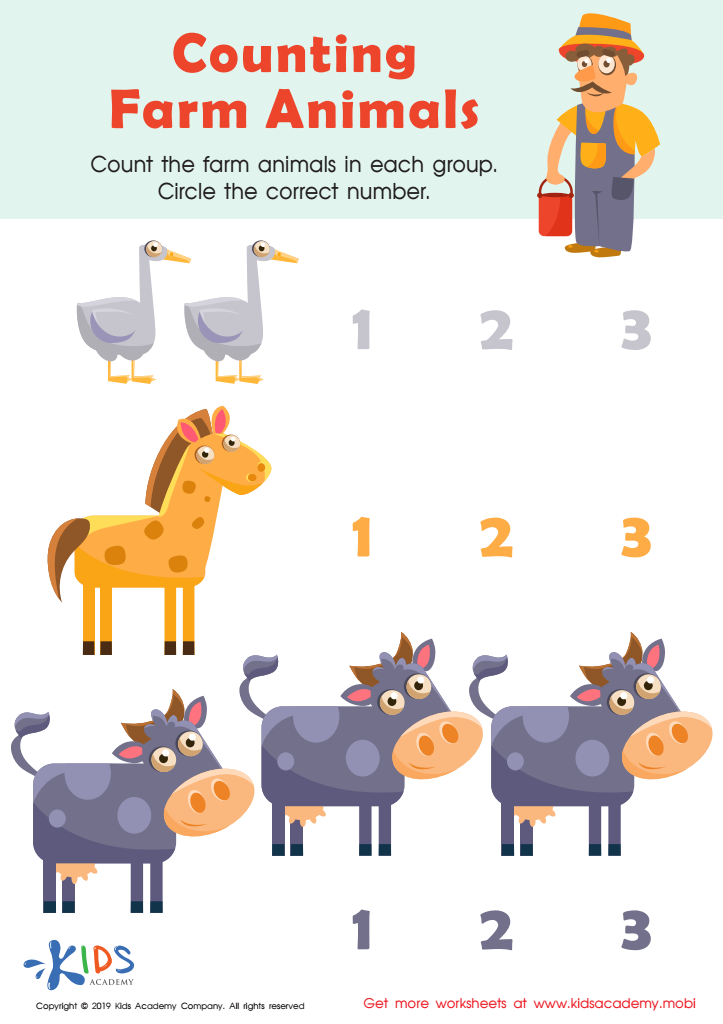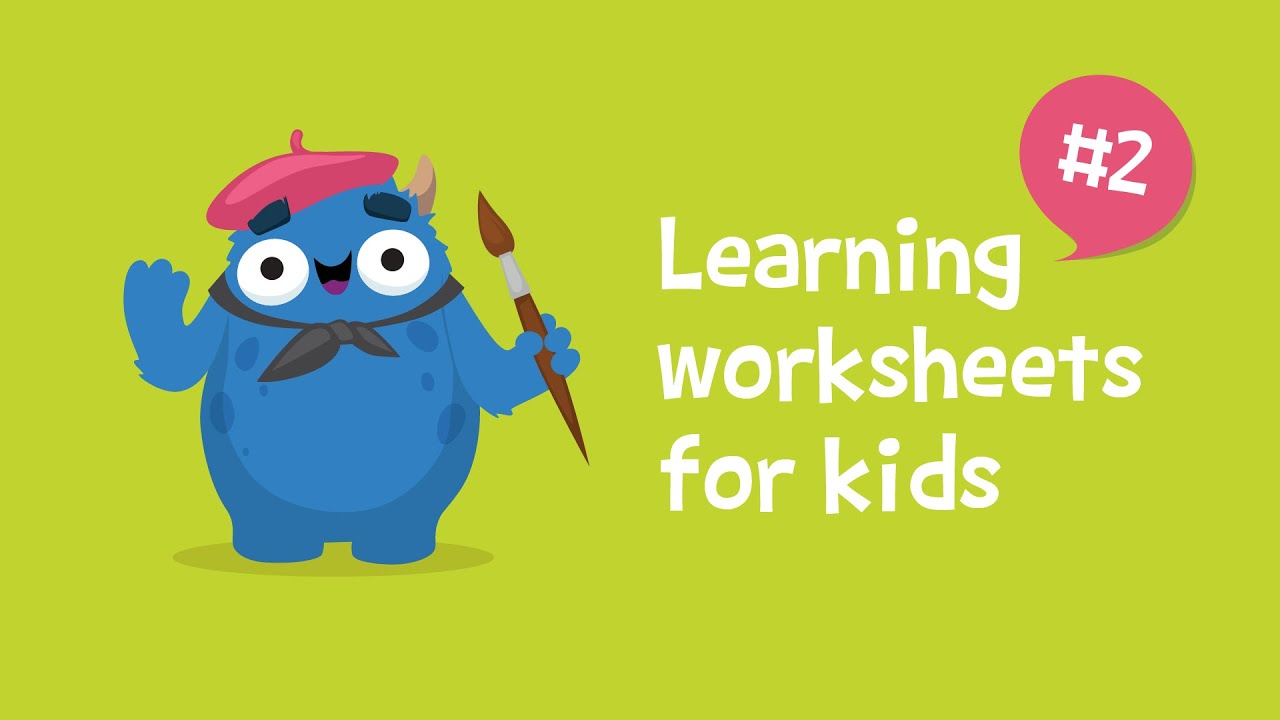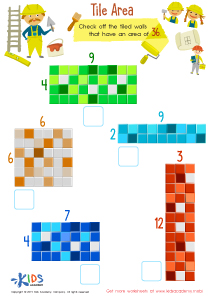Animal recognition Normal Numbers Worksheets for Ages 5-9
4 filtered results
-
From - To
Enhance your child's learning with our "Animal Recognition Normal Numbers Worksheets" designed for ages 5-9! These engaging worksheets merge the joy of animals with essential number recognition skills. Through colorful illustrations and fun activities, children will identify various animals while mastering normal numbers. Each worksheet encourages exploration and understanding of numerals, fostering early math skills in a playful way. Ideal for home or classroom use, these resources offer a creative approach to learning, ensuring kids stay motivated and excited about numbers. Download now to support your child's educational journey with our delightful animal-themed math exercises!


Counting Pets Worksheet


Count and Pair on the Farm Worksheet


Counting Sea Animals Worksheet


Counting Farm Animals Worksheet
Animal recognition and understanding of normal numbers are crucial elements in the learning process for children aged 5-9. For educators and parents, these foundational skills play a significant role in cognitive development.
Animal recognition enhances a child’s observation skills, which are vital in learning and interacting with the world around them. It fosters curiosity and encourages exploration, helping children develop a sense of empathy and respect for living beings. As children learn to identify different animals and understand their habitats, behaviors, and characteristics, they cultivate a sense of connection to nature, which is vital in fostering environmental responsibility.
On the other hand, introducing normal numbers at an early age builds essential mathematical skills. A solid grasp of numbers enables children to understand concepts like counting, basic addition and subtraction, and the relationship between quantities. This lays the groundwork for future mathematical thinking and problem-solving.
When animal recognition is paired with number recognition—like counting animals or categorizing them into groups—children enhance critical thinking and apply numbers in real-life contexts. This integrated approach engages multiple senses and fosters a holistic learning experience, making it essential for parents and teachers to prioritize these skills in early education.
 Assign to My Students
Assign to My Students





















